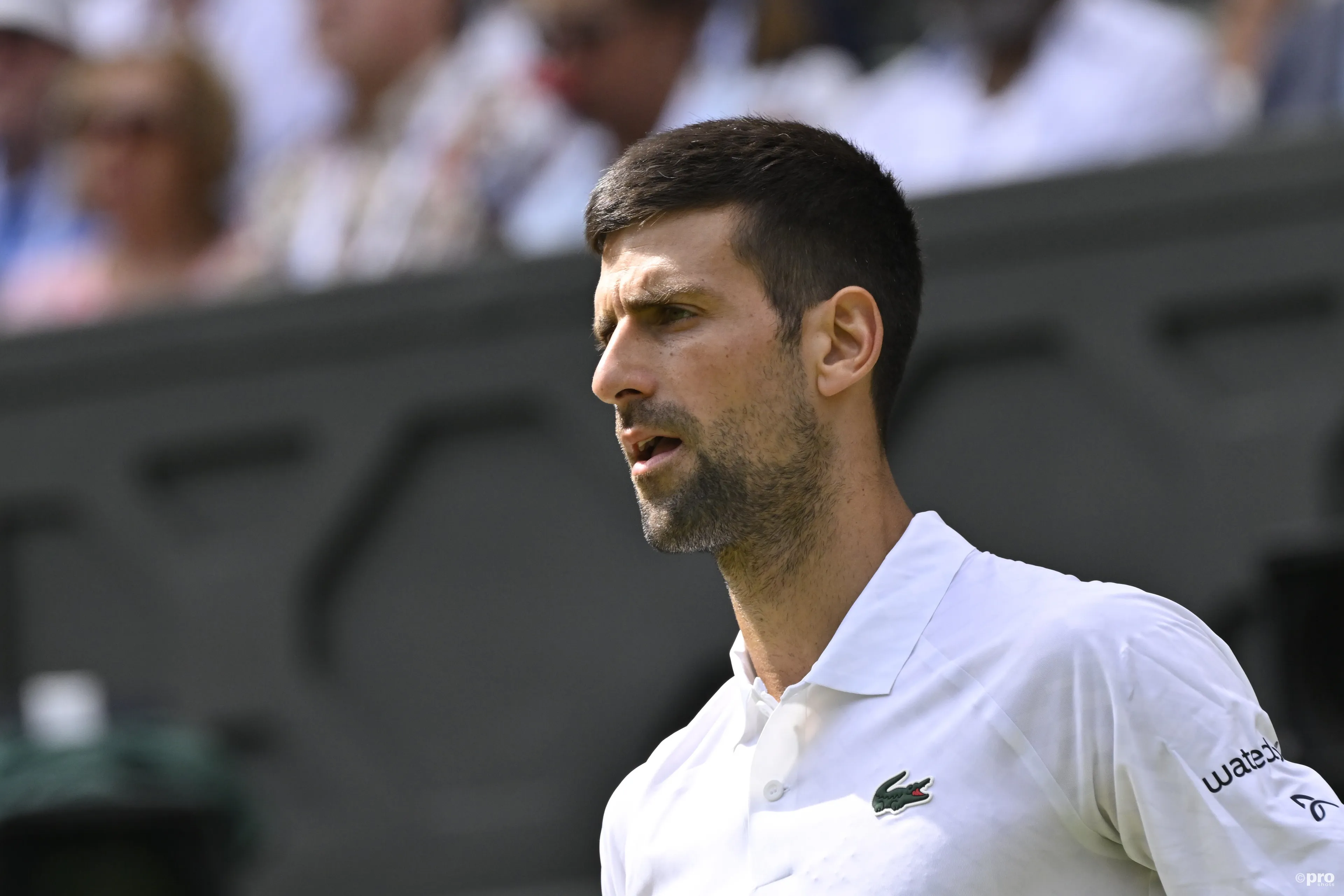Centre Court: The history and evolution of the biggest stages in tennis
Tennis NewsWednesday, 27 September 2023 at 03:00

The sport of tennis has skyrocketed in popularity over the years, with the best players often seen as the main attraction and thus being scheduled to play on the biggest stages.
In its nascent stages, most tennis players were wealthy socialites seeking amusement and exercise. However, as the game began to evolve, an audience soon grew for the sport, with the first Wimbledon final in 1877 watched by 200 paying spectators.
Read also
A spike in popularity led to a worldwide establishment of tennis clubs
Three years after the maiden Wimbledon final, F.H. Ayres & Company provided two temporary grandstands for the Centre Court, and by the mid-1880s permanent stands had been erected on three sides of the court, along with a sectioned-off area for the press.
The name Centre Court was a logical one, for at Wimbledon’s first home in Worple Road the main court was indeed surrounded on all sides by the other “outside” courts. There are now “Centre Courts” at tournament venues throughout the world, though few are actually centrally positioned.
Read also
Following the international success, tennis was incorporated into the first Olympic games of the modern era in 1896, with Ireland’s John Boland earning the distinction of becoming the first Olympic tennis champion. Four years later in Paris, Great Britain’s Charlotte Cooper won the inaugural women’s tennis event to become the first female gold medalist in the history of the Olympic movement.
Subsequently, showcase courts featuring the best and most talented players were erected at the other Grand Slams. The Centre court at Roland Garros was renamed after Phillipe Chatrier in 2000, a Davis Cup player and French junior champion. The US Open re-dedicated their largest center to Billie Jean King in 2006, while the Australian Open renamed their main court after Aussie legend Rod Laver.
claps 0visitors 0
Just In
Popular News
Latest Comments
- Venus Williams should not be given any wild cards. They should be given to younger players only. It is a disgrace to see a senior citizen struggling and moving like a SLOTH out there on court. She looks like Mike Tyson in his last fight. It is a disgrace.
- Old (very old), unimportant, meaningless 'news'. Normally this screams "PAY ATTENTION TO ME". But hard to tell who is seeking the attention??
- A few of the consistent players who had successfully climbed the charts last half of last season look to be for real again (Yastremska, Eala, Lys, Anisimova, and so). Barring injury or exhaustion this could be a Top 20 battle for top spots this season.
- She'll be "stacking" losses.
- Gross, unnecessary, and UNFAIR TO YOUNG COMPETITIVE PLAYERS.
- Thanks for sending It home.
- First round loss as usual, plus she moves like a sloth. It is unbelievable that she actually went 3 rounds with someone. Women tennis needs to be abolished, because if they cannot find quality players or give younger players a chance at these wild cards, there is no use to have their side of the sport exist. It is getting more and more ridiculous. And unwatchable.
- I see Emma has already begun her "reduced" schedule! Ha-ha-ha
- I agree 100% on axing the post-match Runner-up mandatory speech. There is so much wrong with that -- hanging time up to 20 minutes; cameras in your face as you wait on the bench to tell everyone how "amazing" they are, how "amazing" your opponent and his/her team are; pretend how happy it is to finish in Second Place; how much you "love the venue and atmosphere"; what restaurants & shops you visited and so. It's an unnecessary added and RIDICULOUS pressure..
- She can't hide the dropping of sponsors at this point. BTW: Nike reduced their $ponsor$hip last year (people have short memories). Bye, Bye Wilson!
Loading








